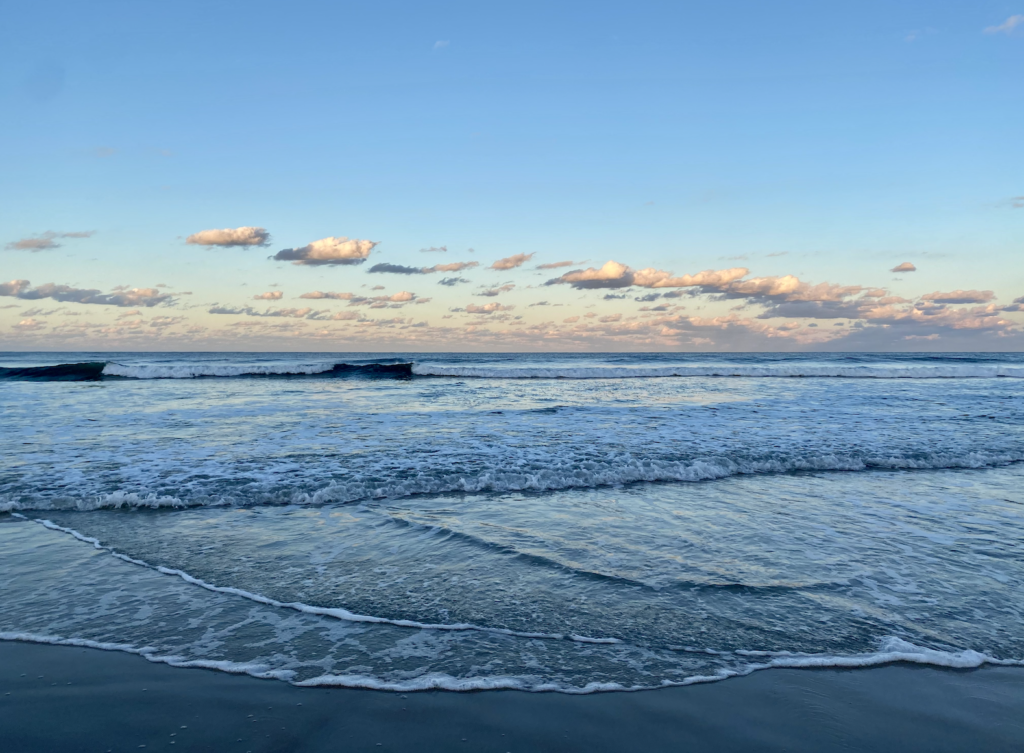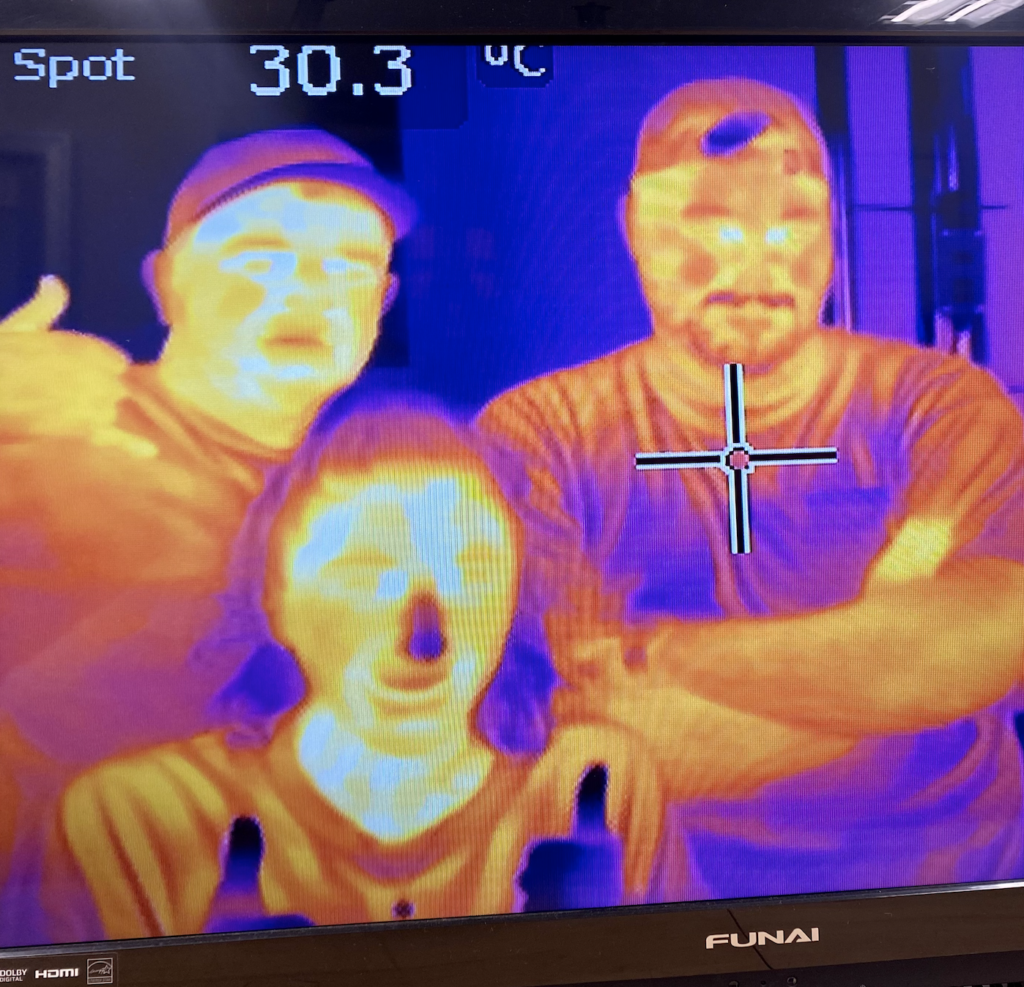Happy November everyone! I’m currently blogging from Daytona Beach, Florida, the weather is getting colder, Thanksgiving is approaching, and finals are about a month away! To say the least, I’ve been BUSY! School, work, working out, and life in general has been jam packed lately. With Thanksgiving around the corner I’ve been having a lot of tests lately, and a lot of upcoming project deadlines before the late November break is here. Right before Thanksgiving I also have my Fitness Assessment for Air Force ROTC! I’m excited and very much ready to fast forward to spending time with my family and eating all the nostalgic cozy comfort foods that Thanksgiving has to offer. Bring me all the pie!
One of my favorite aspects of the weather getting colder is that running outside is so pleasant, especially during the transition period from hot to cold with temperatures of about 60 degrees. The humidity is low, and on good days when there’s not a lot of wind running is perfect. It’s also officially hoodie season! I recently had my birthday and got to spend a few hours at the beach which was so much fun and very relaxing.
My current To-Do list for this weekend includes a lab report for my Aerospace Structures and Instrumentation Lab on vibration testing of beams and aircraft structural components of choice (my group chose a front spar of the leading edge portion of a wing from a Boeing 777 airliner to test and observe). This particular lab was one of my favorites thus far, as it investigated the phenomenon of flutter and looked at how forcing vibrations to excite frequencies near resonance can be dangerous in real world scenarios, and thus needs to be understood and prepared for. Our lab group also recently investigated some Nondestructive Evaluation techniques in lab, including thermography which uses thermal heat differentials to display an image with warmer areas displaying brighter and cooler areas displaying darker colors.
Thermal imagery is a useful technique commonly implemented in the aerospace industry to inspect planes and ensure that there is no structural damage. Inspections usually happen about once a year where planes are observed shortly after landing with a thermal detecting camera. The heat detecting technology shows areas that water may have infiltrated cracks in the structure as the water will be a cooler temperature than that of the aircraft’s body.
We only have about three more lab sessions left until the end of the semester and I am looking forward to being done with writing lab reports during finals and over Winter break! Keep on keeping on folks, will report back soon!




